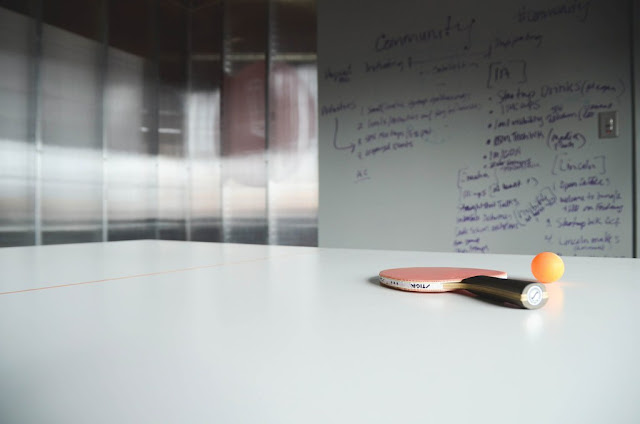Remember that determining what a student has or hasn't learned does not need to be only assessed with a multiple choice test. There are many other options available to check on learning, such as:
- have students write about what they have learned. They can even make it a story. Many students love to write, so let them!
- have students "draw" about what they have learned. I often have students do this in the form of a comic strip. They make the picture and write captions for what is occurring in their comic.
- write a speech as that person explaining how they feel about modern times or put them in a situation and have them write as this person would write.
- do a poll or survey to see if whole class understanding is occurring or if you need to spend more time on an area.
- use personal white or chalk boards, or even sheets of paper. Have students respond during the lesson by holding up their board/paper.
- quick quiz - no more than 5-10 quick questions as students leave your class to see if they "got it.”
- think of something of your own. These are just some things I do rather than the formal pen and paper assessment. Students often don't even see these as "test.” So come up with your own methods to stay away from those "standardized tests.”
How else do you assess for understanding? Share your ideas with us.
Dr. Mike Siekkinen, a retired U.S. Navy submariner, became a teacher as a second career. He teaches history at St Marys Middle School as well as Adult and Career Education at Valdosta State in Georgia.




























